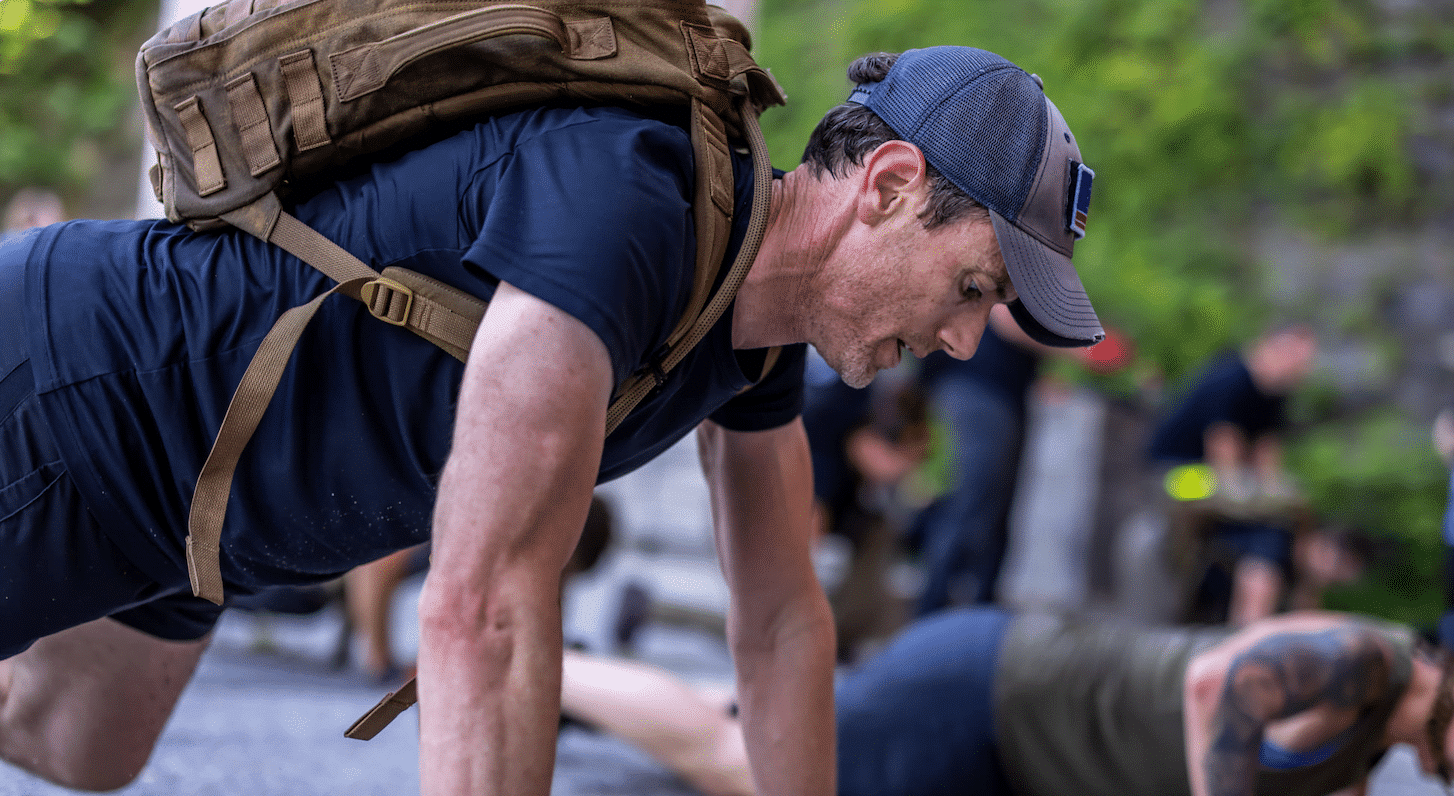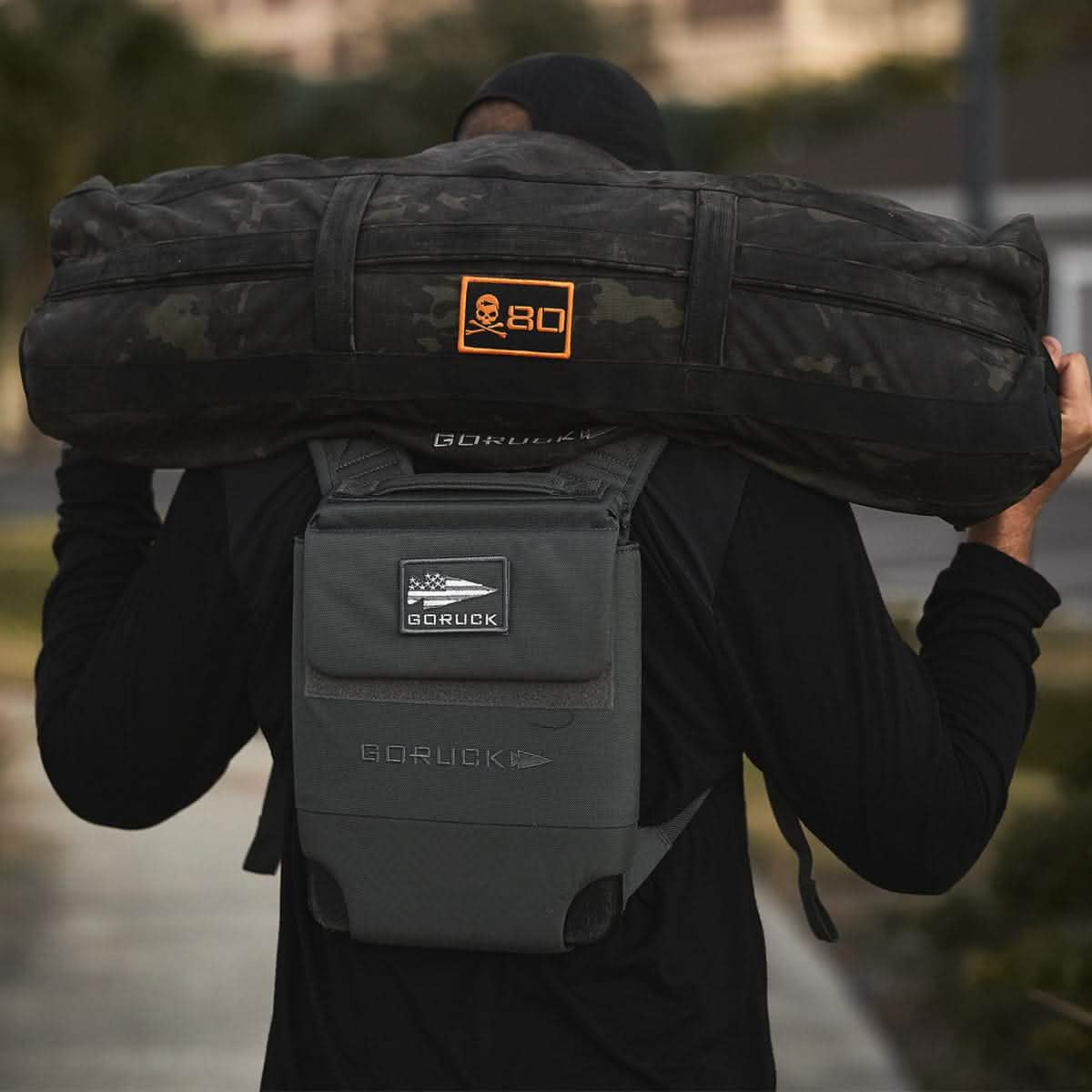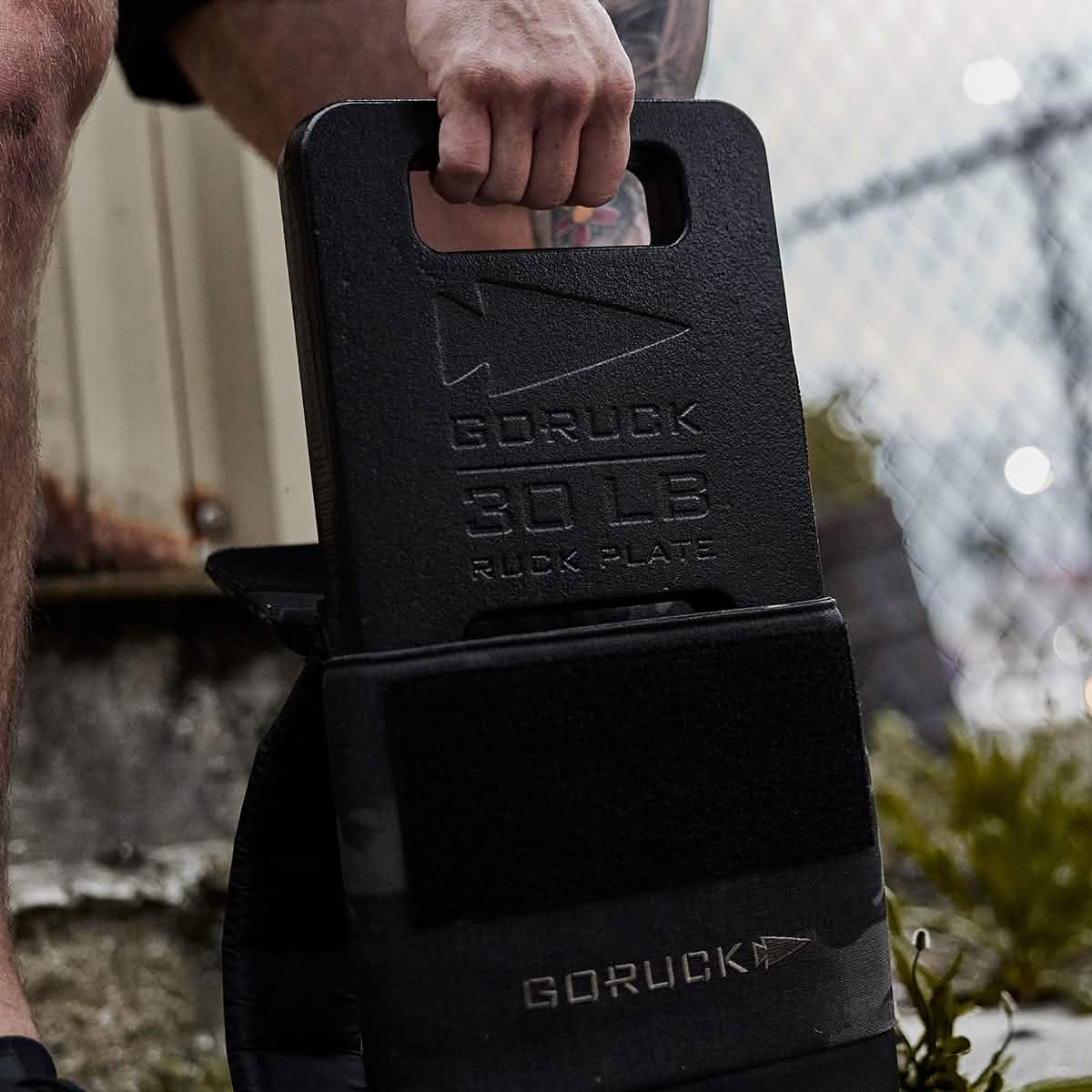What is Rucking?
Rucking's low-impact nature and minimal gear requirements make it an accessible and generally safer option, particularly for those concerned about joint health.
Rucking's low-impact nature and minimal gear requirements make it an accessible and generally safer option, particularly for those concerned about joint health.

Rucking, simply put, is walking with a weighted backpack. It has its origins in the military, where soldiers train by marching with heavy packs.
To start rucking, all you need is a sturdy backpack and a weight, which can be anything from specialized ruck plates to just a few books or sandbags.

Rucking is a form of exercise that involves walking or marching while carrying a weighted backpack.
The term "ruck" comes from "rucksack," which is a military term for a backpack.
Essentially, rucking means moving with weight on your back, and it can be done at any pace – walking, hiking, or even running.
The added weight increases the physical challenge, combining strength training with cardiovascular and endurance exercise.

Rucking has its roots in military training.
Historically, soldiers have been rucking for centuries, as they often had to carry heavy gear over long distances, either during marches or in combat situations.
This practice was essential for building the endurance and strength needed for the rigors of military duty.
In modern times, rucking remains a fundamental part of military training worldwide, known for its effectiveness in improving physical fitness, toughness, and readiness.
The appeal of rucking has expanded beyond the military in recent years, growing into a popular fitness activity for civilians.
The gear needed for rucking is straightforward and accessible, making it an easy activity to begin.

A sturdy backpack is essential for rucking. While specialized rucking backpacks are available, any durable backpack can serve the purpose.
It's important that the backpack fits well and can comfortably handle the weight without causing strain.

The weight in the backpack is what transforms a regular walk into a rucking session.
This can be anything that adds weight – specialized ruck plates, dumbbells, sandbags, or even just books or water bottles.
The amount of weight used can vary depending on the individual's fitness level and goals.
Since rucking involves walking or hiking, comfortable clothing that allows for easy movement is important.
Footwear should be supportive and suitable for the terrain, whether it's urban pavements or nature trails.

Depending on the duration and environment of the ruck, carrying water and wearing weather-appropriate clothing (like rain gear or sun protection) is essential for safety and comfort.
Rucking involves carrying a weighted pack, which naturally enhances muscular strength.
The added resistance challenges the body, particularly strengthening the core, back, shoulders, and legs.
Unlike traditional running or walking, rucking provides a full-body workout that improves functional strength, useful in everyday activities.
Carrying extra weight while walking significantly boosts cardiovascular and muscular endurance.
The body must exert more effort to move the additional weight, which over time, increases stamina and overall endurance.
This makes rucking an effective way to build endurance in a way that is less high-impact compared to running.
The additional weight carried during rucking means the body consumes more energy than regular walking or jogging.
This elevated calorie burn is beneficial for weight management and can be more effective for those looking to lose weight, as it combines cardiovascular exercise with weight-bearing activity.
Physical activity, such as rucking, is known to reduce stress. The act of walking, especially outdoors, can be meditative and calming.
Rucking adds an element of physical challenge, which can further aid in stress reduction by focusing the mind on the task at hand and away from stressors.
Rucking also builds mental resilience. Carrying a heavy load over a distance requires not only physical strength but also mental endurance.
Regular rucking can therefore enhance one's mental fortitude, teaching persistence, and determination in the face of physical challenges.
Rucking is generally considered a low-impact exercise compared to running.
The primary movement in rucking is walking with added weight, which does not involve the repetitive jarring impact that running does.
For individuals with joint issues or those who are overweight, rucking can be a more comfortable and sustainable form of exercise.
Running, by contrast, is a high-impact activity.
Each footstrike generates a force several times the runner's body weight, which can lead to stress on the joints, particularly in the knees, hips, and ankles.
While running is excellent for cardiovascular health and endurance, its high-impact nature can increase the risk of joint-related injuries or exacerbate existing conditions.

Rucking, with its low-impact movement, generally presents a lower risk of acute injuries like sprains or stress fractures that are more commonly associated with the high-impact nature of running.
However, rucking carries its own risk factors, primarily related to carrying weight.
Improperly distributed weight, excessively heavy loads, or inadequate posture during rucking can lead to muscle strains or overuse injuries.
Running tends to have a higher rate of acute injuries, largely due to its repetitive and high-impact nature.
Common running injuries include shin splints, runner's knee, and stress fractures.
These injuries are often the result of overtraining, improper footwear, or biomechanical issues.
However, with proper training, technique, and recovery, the risk of these injuries can be mitigated.

The basic gear required for rucking is quite simple and often already available at home: a backpack and weight (which can be anything from books to water bottles).
Specialized rucking gear is available but not necessary for beginners.
This simplicity makes rucking a relatively low-cost form of exercise.
While both rucking and running offer excellent cardiovascular workouts, they differ significantly in terms of impact, injury risk, and equipment needs.
Rucking's low-impact nature and minimal gear requirements make it an accessible and generally safer option, particularly for those concerned about joint health.
Running, despite its higher impact and potential for injury, remains a popular and effective way to improve cardiovascular fitness and endurance, with a focus on proper technique and recovery being key to minimizing injury risks.
Your cart is currently empty.
Start Shopping